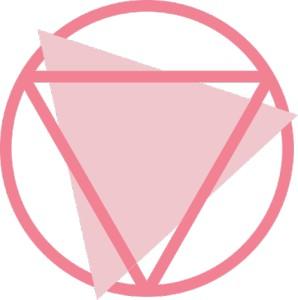Often in life we are faced with tricky situations, where we see something that we perceive may not be right, but we don’t want to risk upsetting someone’s feelings by saying something. But what if the ‘someone’ in question is an animal who can’t speak up for themselves? One example which really saddens me is when I see dog on leads i.e. being restrained by their neck.
Many people without thinking consider having a lead around a dog’s neck whilst the dog is pulling, or yanking the dog back, or using choke chains to be ‘normal’. However, can you imagine doing this to any other animal or a child? Imagine putting a lead around your neck and someone pulling / jerking on it or dragging you along. Can you imagine the potential damage to the spine and other areas? We need to get people thinking about the consequences of their actions.
Just one yank can cause a lifetime of problems. Many nerves originate from the neck, and indeed many meridian lines pass through here. In addition you have the thyroid gland, windpipe, lymphatic system and veins / arteries – all of which can be damaged by just one tug! Damage to the spine or disruption to the energy channels can cause problems ranging from lameness, digestive, skin / allergies and even cancer. In addition there is some research to suggest that pulling on leads can lead to thyroid issues, as this delicate gland is situated right where lead damage occurs.
So what can you do to avoid this damage?
- Walk your dog on a well fitted harness, not on a lead. This will immediately alleviate the problem as the harness distributes the pressure far more evenly around the body and a good harness avoids the neck area completely;
- Ensure that your dog has regular red light therapy and / or chiropractic treatments to ensure that the spine is properly aligned and to free and blockages in the energy channels;
- Train your dog so it doesn’t pull on the lead;
- When possible allow your dog to be off the lead in safe areas.
And most importantly please don’t be afraid to politely tell other dog owners about the damage leads can do. Most will thank you for your knowledge and concern, especially when you help them with solutions. Whether it is an animal or another human, it is so important that we put our pride to one side and stand up for those that are unable to do so for themselves. As long as you are coming from a place of love most people will be very grateful!



